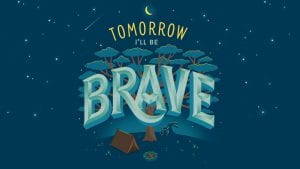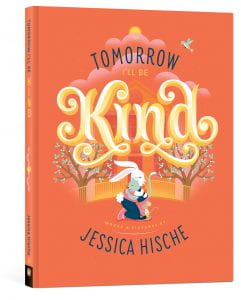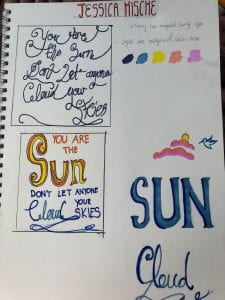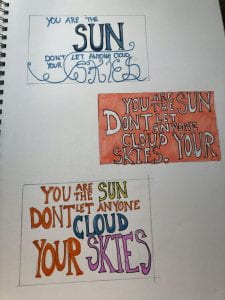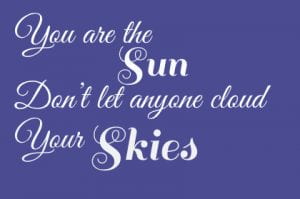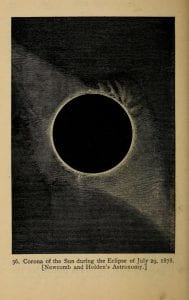Jessica Hische
To improve my manifesto I done some research on Jessica Hische was an American letterer, illustrator and type designer. I turned to her page for inspiration and to see if her work could influence mine in a way. She is best known for her personal projects and her own books that have the most beautiful illustrations and types on them. These are some of my favourites.
I chose her to look at because not only is her work beautiful, she is also very successful in her line of work. She has designed book covers for Dave Egger, has been featured on Forbes for the ’30 under 30′ and together with Fii has designed the well known ‘love’ stamp for the US postal service which ended up selling over 250 million stamps. On her website she states that ‘I specialise in redrafting, reinvigorating, and restoring logos for established brands—enhancing their beauty and legibility through sensitive and subtle updates’. So not only does she create books and illustrations but she is known for her new and innovative logos and type.
From looking at this information I then took to my sketchbook and began recreating her designs and fonts with my manifesto.
